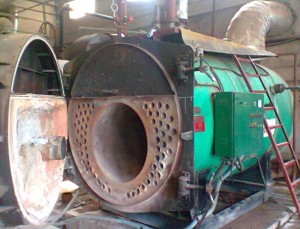 A biomass combustion is basically the burning of organic material. The technology has been in use for some time now and is used all over the world for the production of heat and steam that is used for generation of power. A wide range of materials can be used as a source of an organic component.
A biomass combustion is basically the burning of organic material. The technology has been in use for some time now and is used all over the world for the production of heat and steam that is used for generation of power. A wide range of materials can be used as a source of an organic component.
They are referred to as “feedstock” examples are; crops, sawdust, straw and others that are organic. Many homeowners in rural places have adopted the technology that is also used the mass production of Power in some towns. It is cost effective, Eco-friendly, reliable and is viewed as the best solution to over-reliance on fossils all over the world.
Here is a guideline on how you can increase productivity and help maintain the system to its best performance:
Formulations
There are some elements that hinder the maximum production of energy in this technology and need to be dealt with appropriately. However, strict measures have been put in place to combat the problems. Biofuel Tech is a specialist that has come up with innovations that have resolved many of the problems that inhibit smooth working. These are formulations made to reduce biomass slagging, opacity, fouling, opacity, acid plume, corrosion and ignition loss. The formulation in question is made based on mineral additives used on the combustion furnaces and boilers.
Assessment
Before the additives are introduced, the system has to be investigated well and problems determined by a specialist. A survey of the boiler and other units is done by assessing the boiler andcollect the necessary data. The Technologist checks on the bottom ash, fly ash, boiler fuel, and vitrified deposits. After running the necessary tests, a selective additive is concluded and injected into the system.
Injection
The injection works by changing the crystalline structure in the ash material and create a crystal lattice that weakens the bonds raising the eutectic point within the ash. In the end, the slag and vitrified deposits are stopped from forming and depositing on metal surfaces. Other additives raise the fusion point of low melt point elements.
Benefits
There are many benefits that are associated with additives on Biomass Combustion. It is meant to reduce the maintenance practice on the boiler, deal with risks of unplanned close downs due to system failure, give the user to have faith in the operations of the system when performance is made to be at its best with all combustion units, boilers and furnaces working well. This practices also reduces the costs of cleaning, improves combustion, improves productivity, extends the life of the system and decrease fuel consumption.


